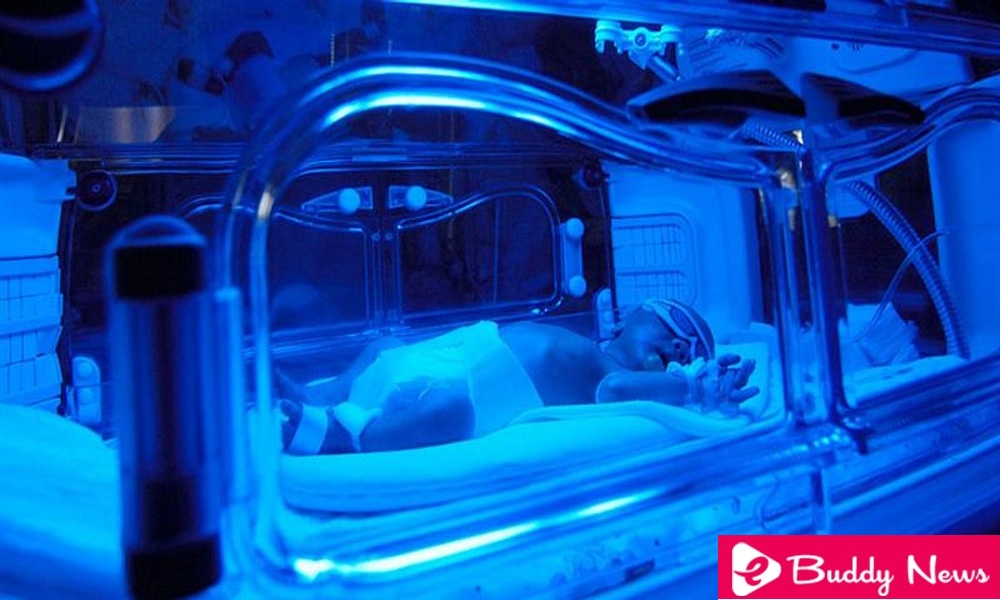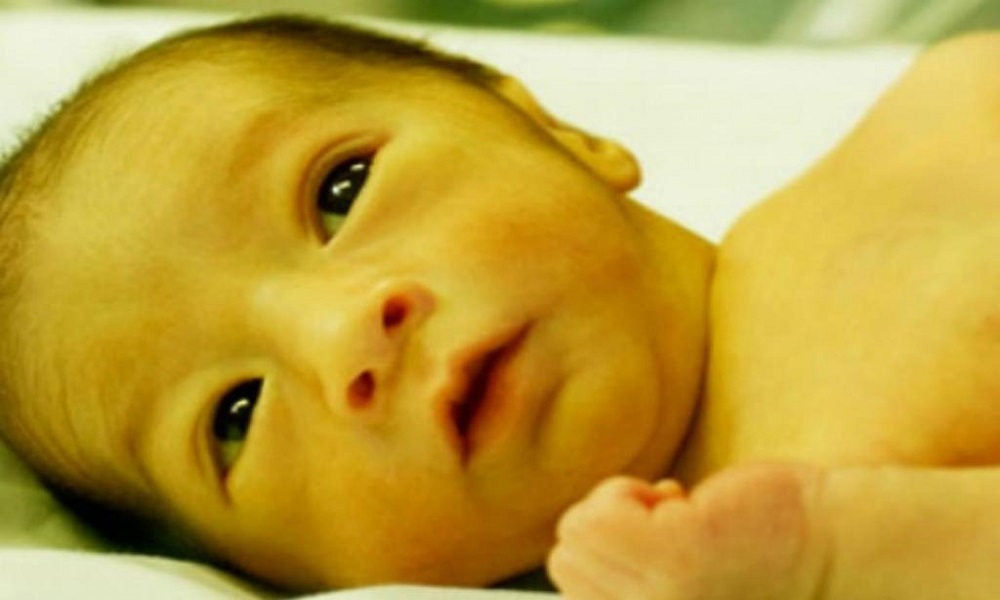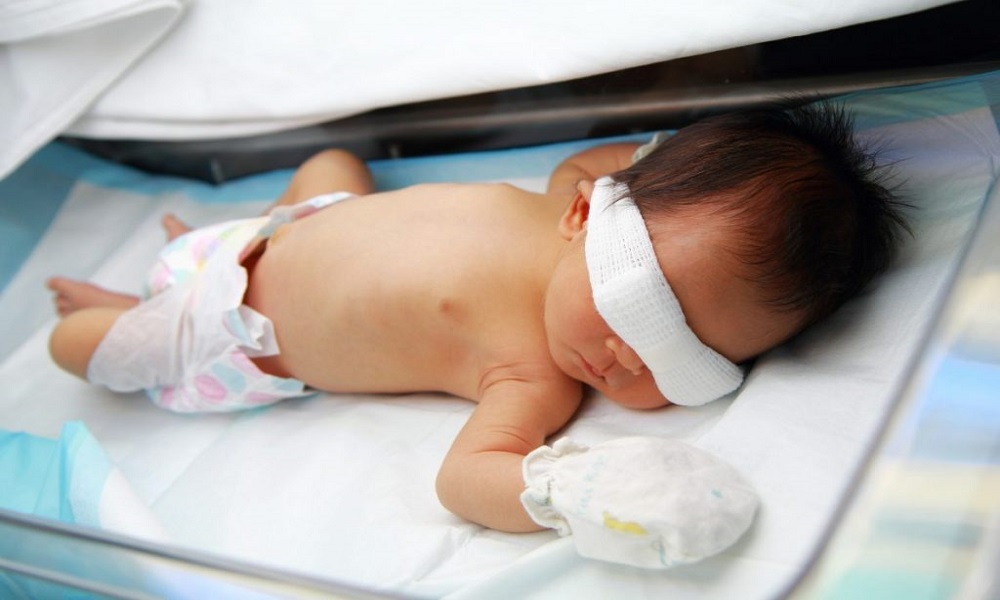Jaundice In The Newborn, What Should I Know?

Jaundice in the newborn does not have to be associated with a serious illness, usually, it is a normal process.
In the first days of a baby’s life, the fears and doubts of his parents are so wide that any symptom or unknown sign can generate anguish. Jaundice in the newborn is considered a normal process, although it requires supervision so that it does not reach extreme frames.
In this article, you can find appropriate information to know the reasons for jaundice in the newborn, as well as some advice on how to act to prevent the picture from getting worse.
Why Does Jaundice Appear In The Newborn?
Jaundice defined as yellowing of the skin and mucous membranes. Its cause bilirubin, a substance that appears when the red blood cell degraded. The way to know the exact values of it is by blood analysis.
But yellowing in the baby is not considered a serious situation if the bilirubin levels are not extremely high. When levels are very high in the blood, we talk about hyperbilirubinemia and precise control and follow-up hospital.
After two or three days of birth, it is normal to see a yellow coloration on the skin of the newborn. The liver is the organ in charge of eliminating the excess of bilirubin, but it costs a bit to start functioning after birth.
What Is The Best Care For The Newborn?
Once we know that jaundice in the newborn does not have to be a serious affectation, we must know how to act to reduce as much as possible this situation worsens. For this, there is basic care that all parents can perform:
Monitor the adequate feeding of the newborn. If the baby fed with breastfeeding, it more complicated to ensure the intake of food. There jaundice associated with breastfeeding that is rare and usually appears after a week of life. Only the pediatrician, after assessment of the newborn, can indicate if it is necessary to withdraw breastfeeding for one or two days.
Home phototherapy. Phototherapy is the technique used in neonatal units to treat hyperbilirubinemia. If an income not required, it can be done at home. Place the newborn for 10 minutes a day in sunlight, with the diaper on and covering his eyes. Choose a solar hour that is not harmful, if possible before 9 in the morning.

Identify Possible Situations Of Risk
As we have previously commented, the most frequent is to see jaundice in the newborn that is not associated with serious situations. But it is important that we know certain signs that need a medical assessment :
Early-onset of jaundice in the newborn. If the coloration occurs from the first day of life, the pediatrician will request a blood test to be able to assess the exact result.
Jaundice in the newborn maintained after two weeks of life. It is the time the liver needs to perform its functions well and eliminate excesses.
Complications Of Jaundice In The Newborn

When bilirubin in the blood exceeds extreme values, it deposited in brain cells, altering the metabolism and function of neurons. This situation is called kernicterus.
To avoid this situation, you should request a consultation with the pediatrician. This is when a yellowish coloration of the baby detected after one week of life.
The pediatrician will perform the appropriate tests to assess the levels of bilirubin and, if the values are close to extreme parameters, prescribe the hospital admission and treatment with phototherapy and care in the neonatal unit.
What Does Hospital Phototherapy Entail?
The woman next to an incubator with a baby.
A newborn who needs phototherapy will need a hospital stay for several days. Nowadays, most hospitals allow parents to be with their children 24 hours a day. Although it recommended that they rest at home.
The nurses of the neonatology units prepared to perform the basic care required by newborns with hyperbilirubinemia. It is important to follow the recommendations of specialized personnel.
If you breastfeed, it recommended that you do not withdraw. It is advisable to follow the instructions of the hospital professionals in relation to the feeding of the newborn.
Conclusion
The skin of the changes in the newborn present during the first days of life. It is due to jaundice is one of the most frequent. It is necessary to receive adequate information about the basic care of each of the frequent alterations.














